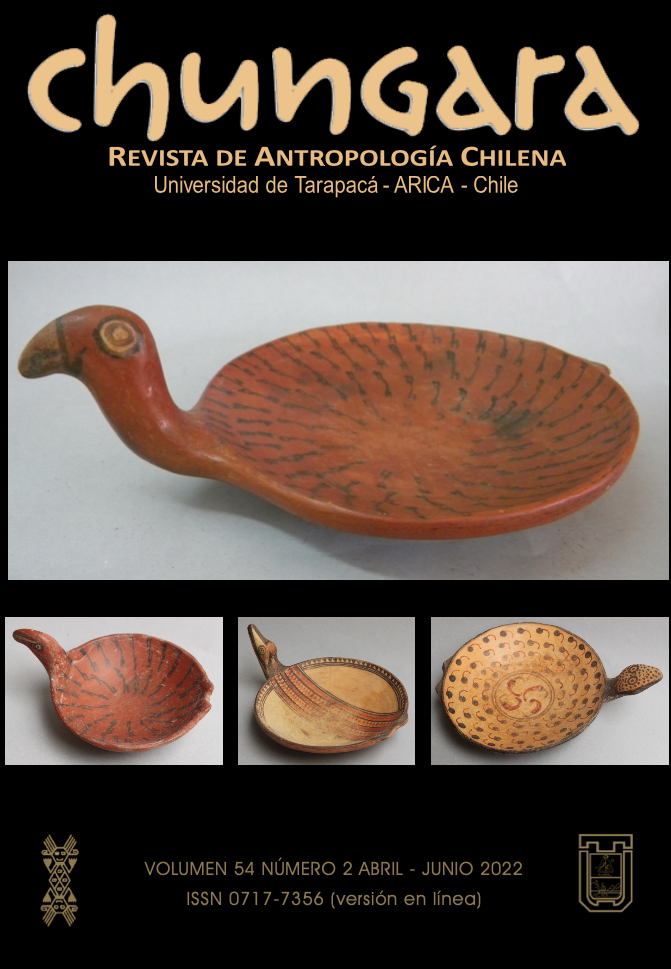OF MONSTERS AND COMMODITIES: THE “SHOW” OF WHALES IN THE SECOND HALF OF 19TH CENTURY IN THE SOUTHERN CHILE
SOBRE MONSTRUOS Y MERCANCÍAS: EL “ESPECTÁCULO” DE LAS BALLENAS EN LA SEGUNDA MITAD DEL SIGLO XIX EN EL SUR DE CHILE
Daniel Quiroz
The whale has been perceived since the Middle Ages through the curious monster/resource duality, which will remain in Western thought for many centuries, especially since the beginning of its commercial exploitation in the 10th century of the Christian era. In Chile whales were seen as “marine beasts of immense grandeur” which were not hunted in the 17h century, even though those that stranded on the shores were very well used. In the 19th century they were systematically captured to obtain oil, baleen plates, bones and, to a lesser extent, meat. The press of the time picks up a rich imaginary that contains diverse elements: an enormous and fierce animal, therefore monstrous; heroic whalers in a very dangerous activity; a battle between men and cetaceans; and great expectations about the amount of money the whale will generate. But there is also the “very animated show” that involves the presence of “many curious onlookers” admiring “the monstrous whale”. The reference to “the spectacular”, that is, to the attraction that the whale exerts over people, is a very frequent element in the news published in the press.






